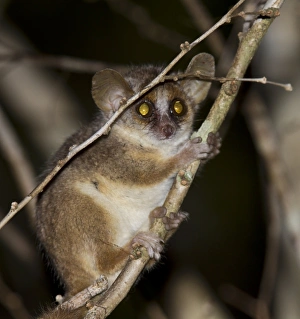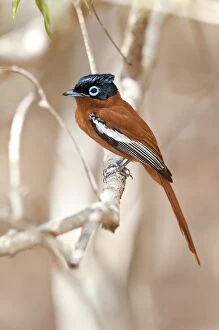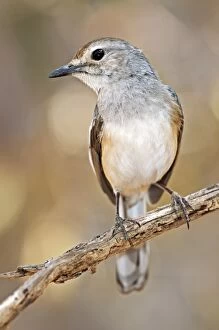Insectivorous Collection (page 5)
"Insectivorous Wonders: Nature's Carnivores in Action" Delicate and deadly, the Cephalotus follicularis, also known as the Australian pitcher plant
All Professionally Made to Order for Quick Shipping
"Insectivorous Wonders: Nature's Carnivores in Action" Delicate and deadly, the Cephalotus follicularis, also known as the Australian pitcher plant, lures unsuspecting insects into its pitcher-shaped traps with enticing nectar. The Dionaea muscipula, famously called the Venus Fly Trap, showcases its remarkable ability to snap shut when a curious insect triggers its sensitive trigger hairs. A dragonfly finds itself ensnared in the lobes of a captivating flowering plant, becoming an unintended meal for this cunning predator. Hovering nearby is a housefly, unaware of the imminent danger lurking within reach of this carnivorous plant's clutches. Transporting us back in time is a mesmerizing historical artwork depicting a nightjar swooping down to snatch up insects on moonlit nights. Witnessing nature's precision and stealth, we observe a Namaqua chameleon skillfully capturing its prey with lightning-fast tongue strikes. Meerkats exhibit their resourcefulness as they scavenge for small insects amidst arid landscapes while remaining vigilant against potential predators. Once again we encounter the fascinating Cephalotus follicularis - an Australian pitcher plant that entices insects with alluring colors and sweet-smelling secretions before trapping them inside its deceptive pitchers. In Costa Rica's lush rainforests, a Green Hermit Hummingbird hovers gracefully near vibrant passion flowers - both reliant on each other for sustenance through their symbiotic relationship. Journeying to East Madagascar's Pangalanes canal reveals enchanting Madagascar pitcher plants (Nepenthes madagascariensis), showcasing their unique adaptations to capture unsuspecting prey within their elegant pitchers' depths. Two Dionaea muscipula or Venus Fly Traps captivate our attention.
















































